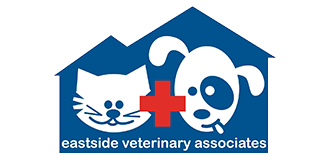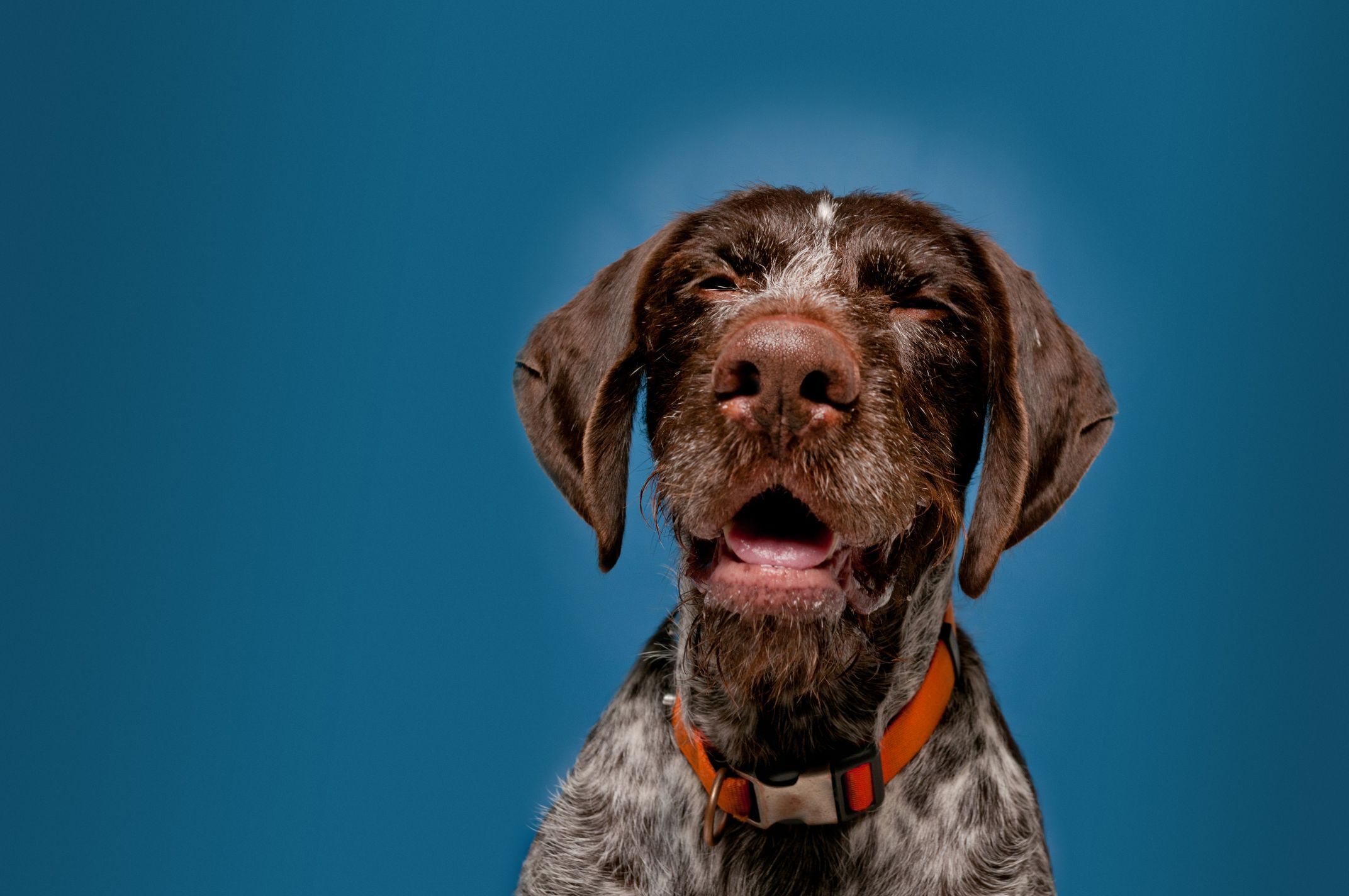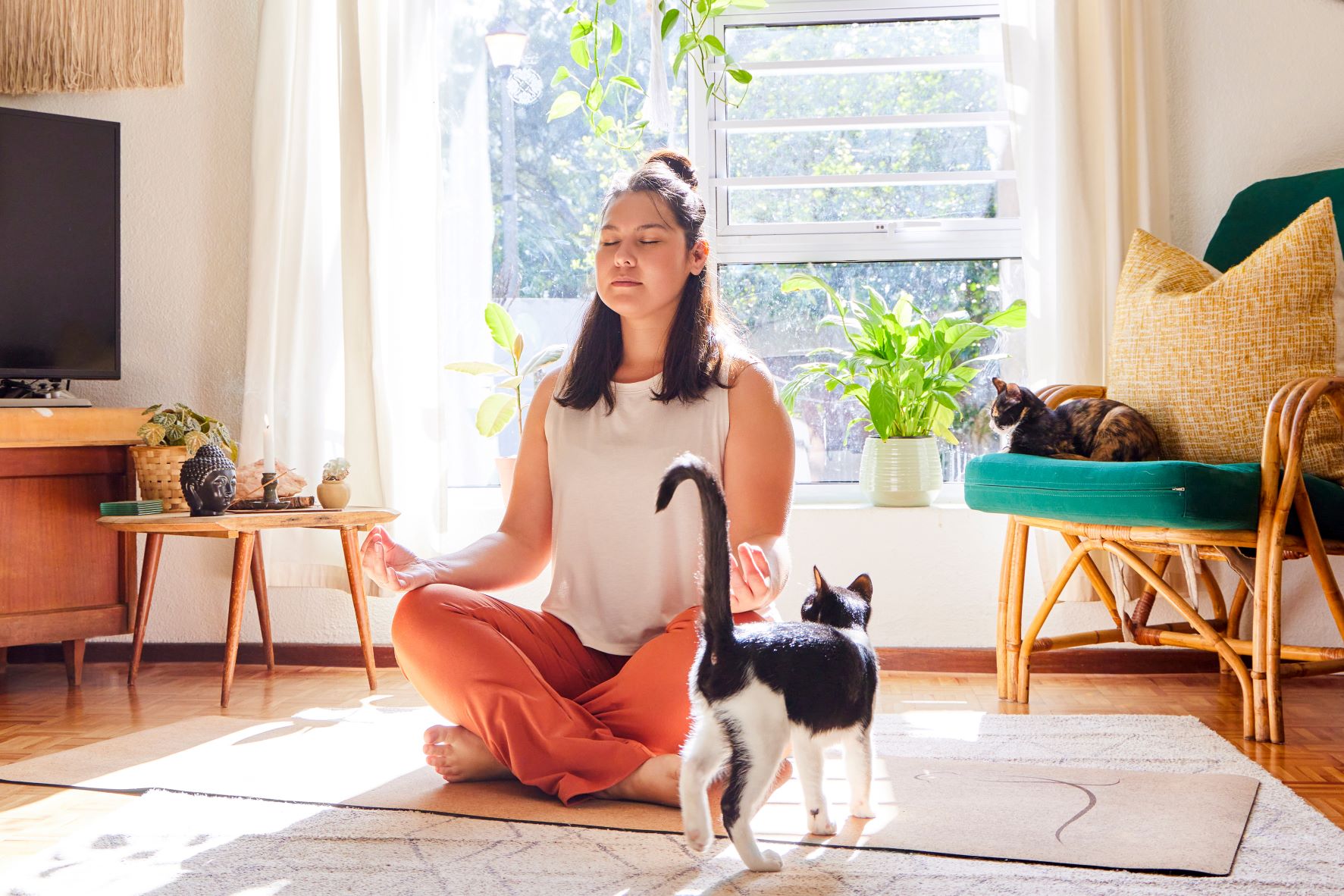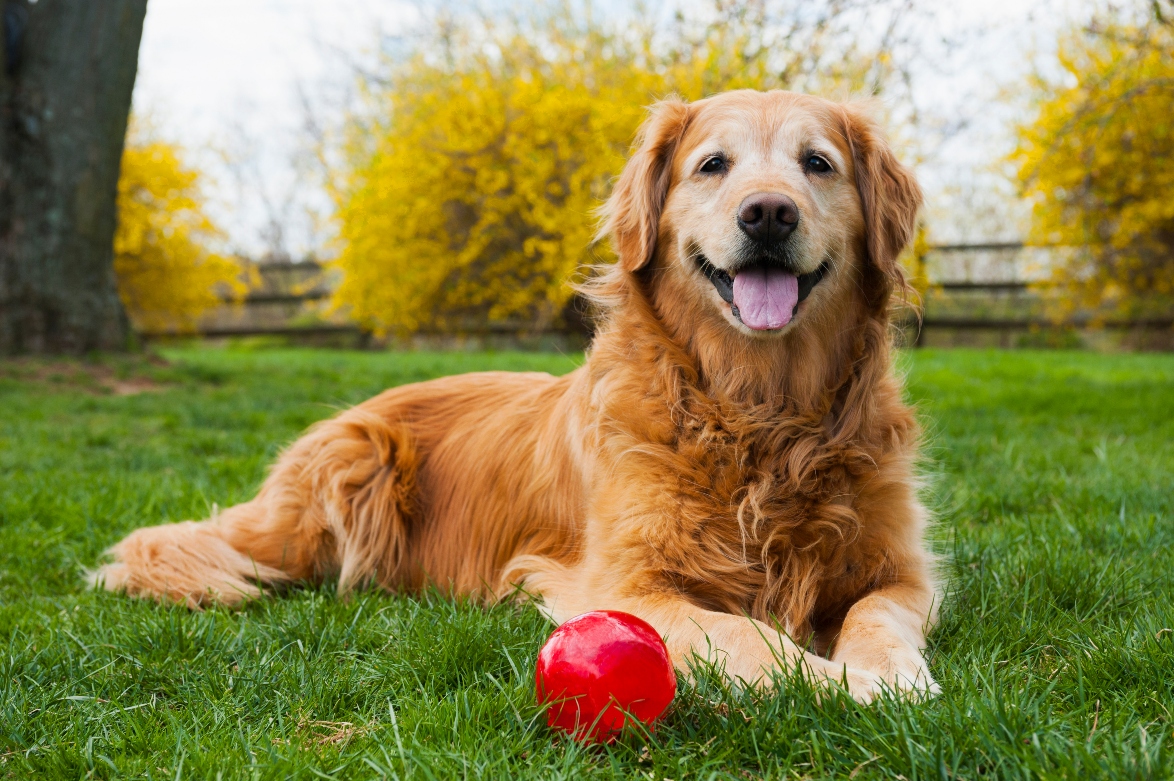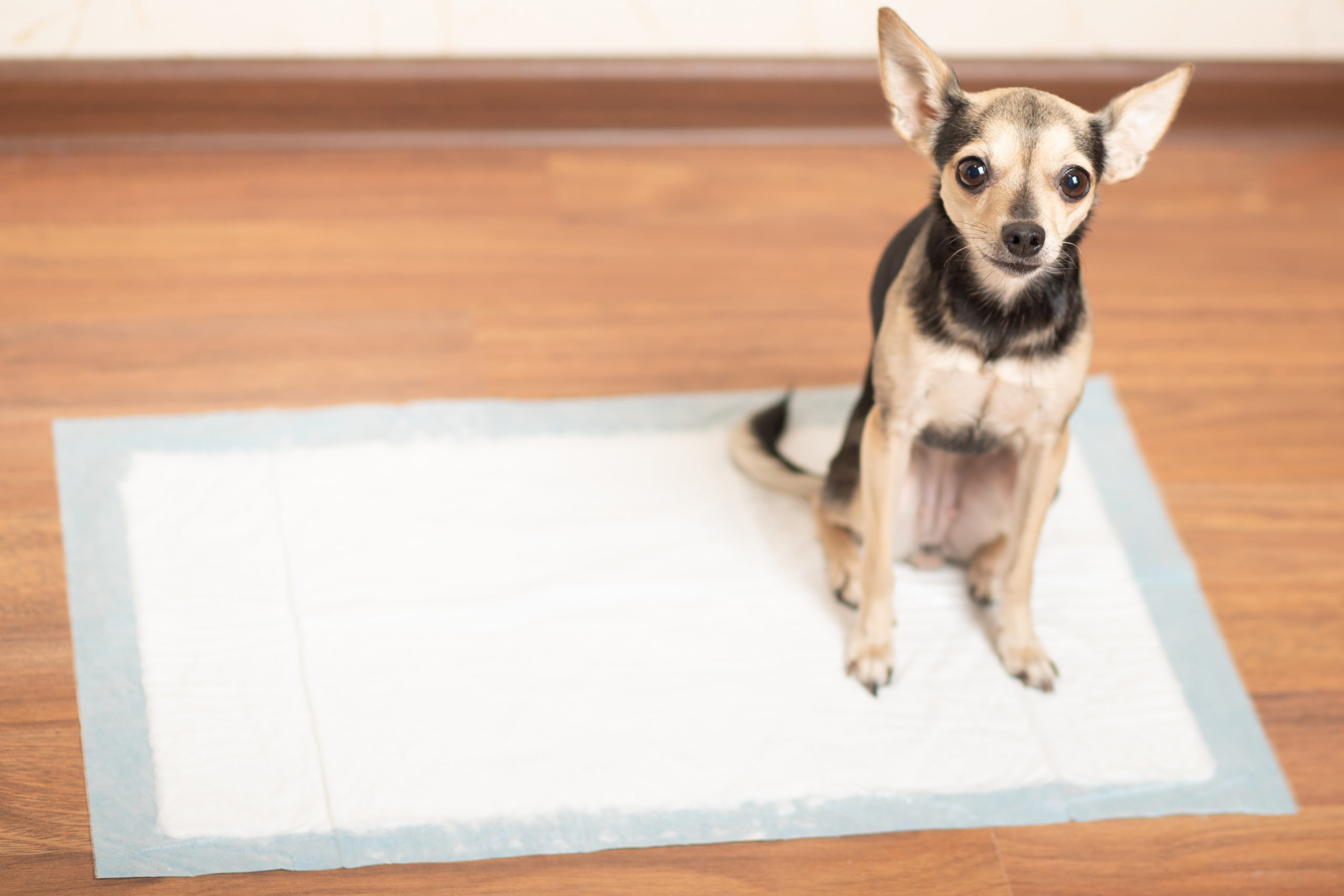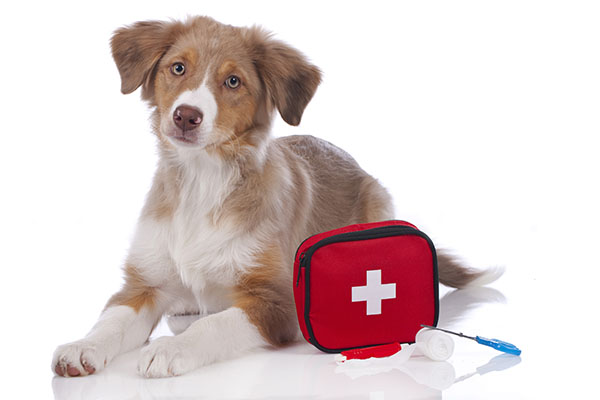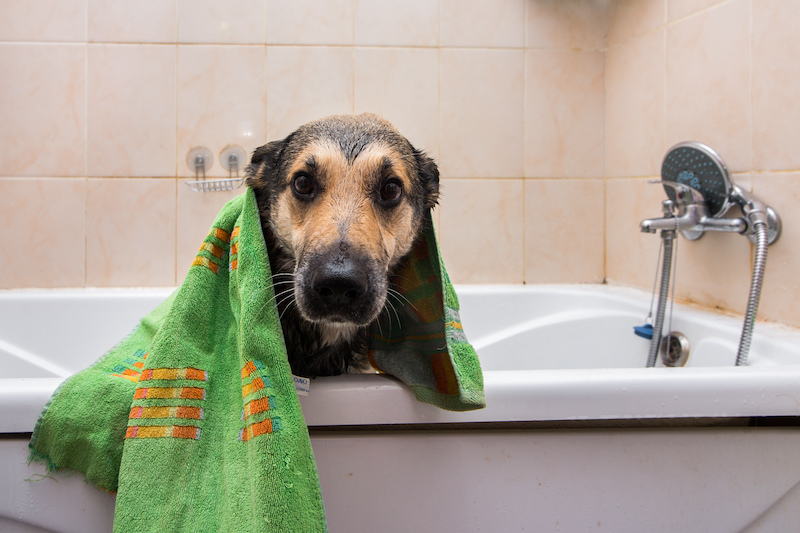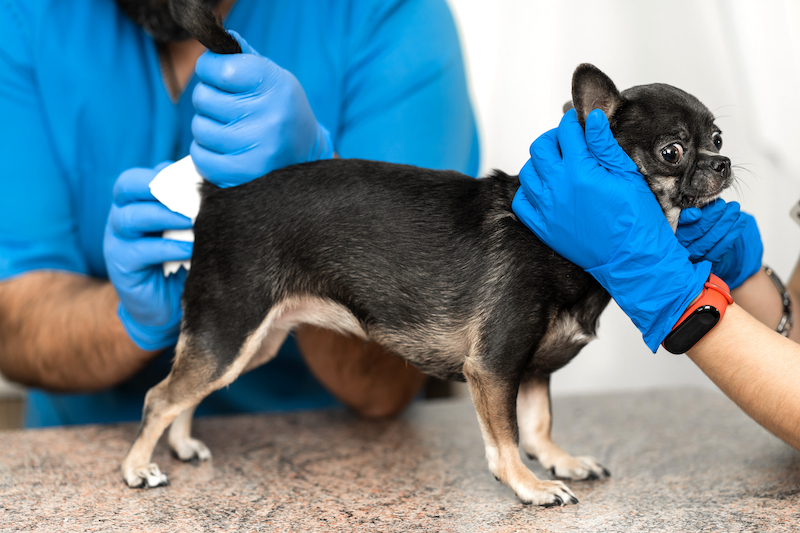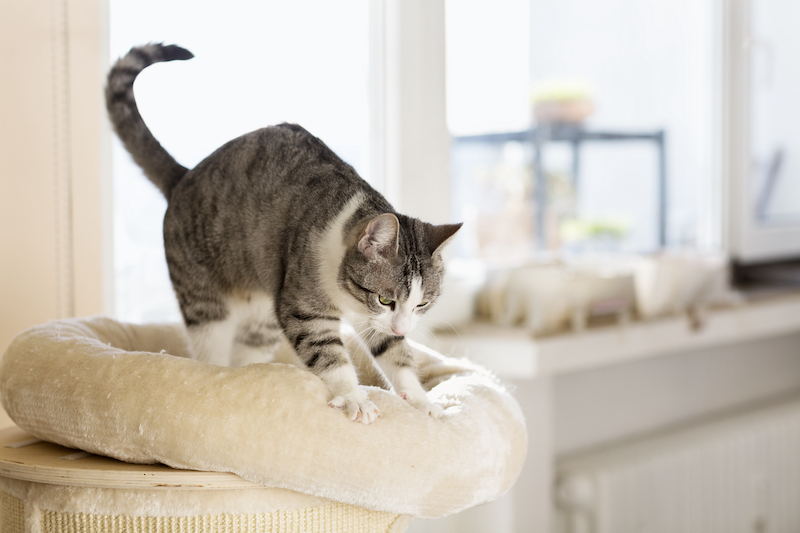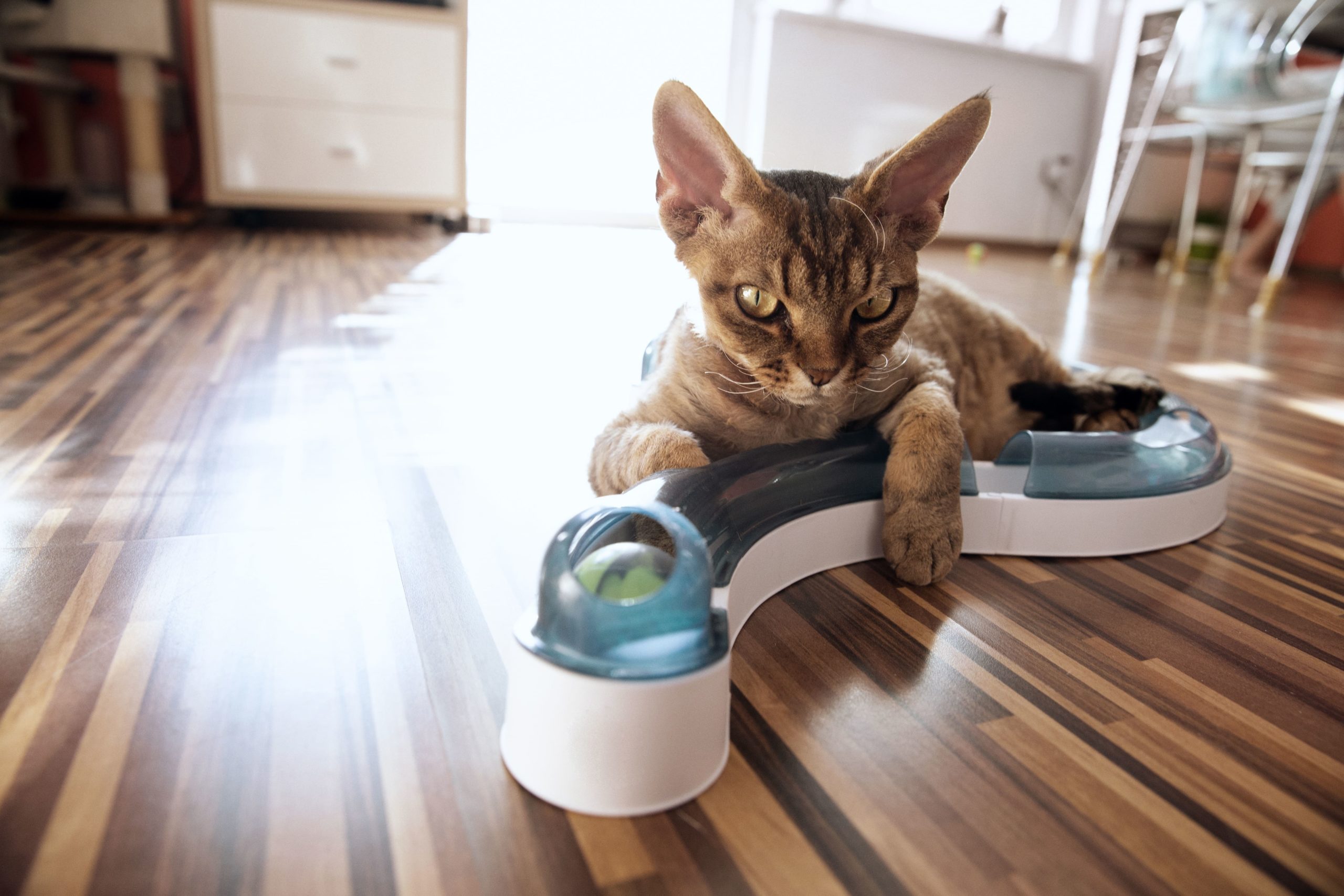
The Best Pet Care Products to Spoil Your Cat With This Season
We all have that one person that is impossible to buy for during the holidays. Eastside Veterinary Associates understands that, for some of us, that person is a cat. Read on to find some of our favorite and best pet care products to indulge your cat this holiday season.
Best Pet Care Products
Most of our kitties are used to living in the lap of luxury already, but with some of the newest and best pet care products out there, you can up your ante. Some of our favorite and best selling pet products for cats include:
- Litter-Robot 3: A litter box robot that empties your cat’s throne regularly and tells you when it’s full? What’s not to like? While it may not be the perfect gift for every cat (larger cats, arthritic cats, more timid cats), it is a game changer for feline fanatics everywhere.
- Doc and Phoebe’s Indoor Hunting Feeder: These little mice are designed to be hunted by your cat, resulting in more natural hunting behavior, increased exercise, and mental stimulation.
- Assisi Loop or Lounger: We know that many cats suffer from some arthritis as they get older. Targeted pulse electromagnetic field therapy can be a great way to help with this. Ask us about whether an Assisi loop or lounger might be a good option for your pet.
- Catit Pixi Smart Fountain: Water fountains are great for encouraging cats to drink, and this cute option has lots of benefits! Whisker-friendly with a stainless steel top, it is kitty friendly. The LED indicator to add water is very helpful, too.
- Window perch: There are many different options for window perches for cats that can help them get a good look into the great outdoors from the safety of home.
- Meowbox: A subscription box for cats? Yes, please! Choose delivery of unique and fun toys and treats monthly or every other month and up your environmental enrichment game.
- Van Ness Calm Carrier: A secure and kitty friendly cat carrier can make bringing your cat in to see our team a dream. We love the Van Ness Calm Carrier that allows timid patient to remain in the safety of their carrier for most of their visit.
- Exercise wheel: Get your kitty moving with an exercise wheel. Many cats love burning off a little steam.
Thinking Outside of the Box
But what about the cat that truly has everything? There are some trending pet products and services that might interest the cat owner with enough “stuff.” Consider:
- Basepaws Breed + Health DNA Test: DNA testing with companies like 23andMe are all the rage for people. Why not include your cat? Companies like Basepaws not only give you fun insights into your cat’s breeding via a cheek swab, but can also give you valuable health information such as whether your cat is at risk for certain health conditions such as dental disease or cardiovascular problems.
- Rover: The Rover app may bear a more doggo-friendly name, but we think it’s great for finding qualified, responsible people to help you care for your kitty. Consider booking your cat a playdate during long work days or some extra attention while you are out of town.
- Rescue Box: While getting your cat a subscription to Rescue Box does mean a monthly shipment of fun toys, it also is a way to give back to pets in need.
- Pet insurance: Consider a pet insurance policy to help you care for your pet. Pet Pawlicy Advisor is a great place to help you compare options.
Buying a gift for those you love can be a fun and rewarding experience. We hope that we have helped you find the purr-fect gift for your whiskered family this holiday season
